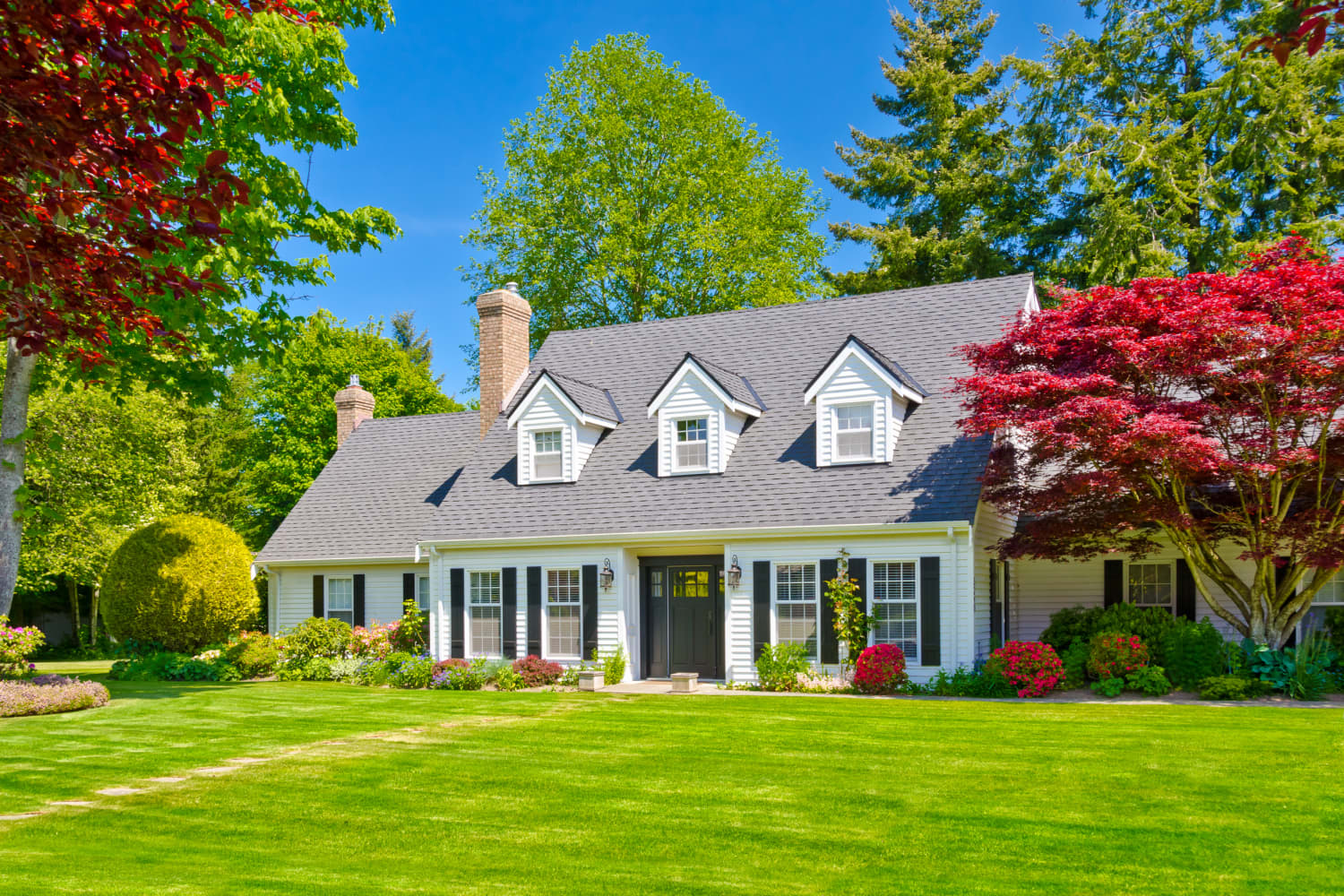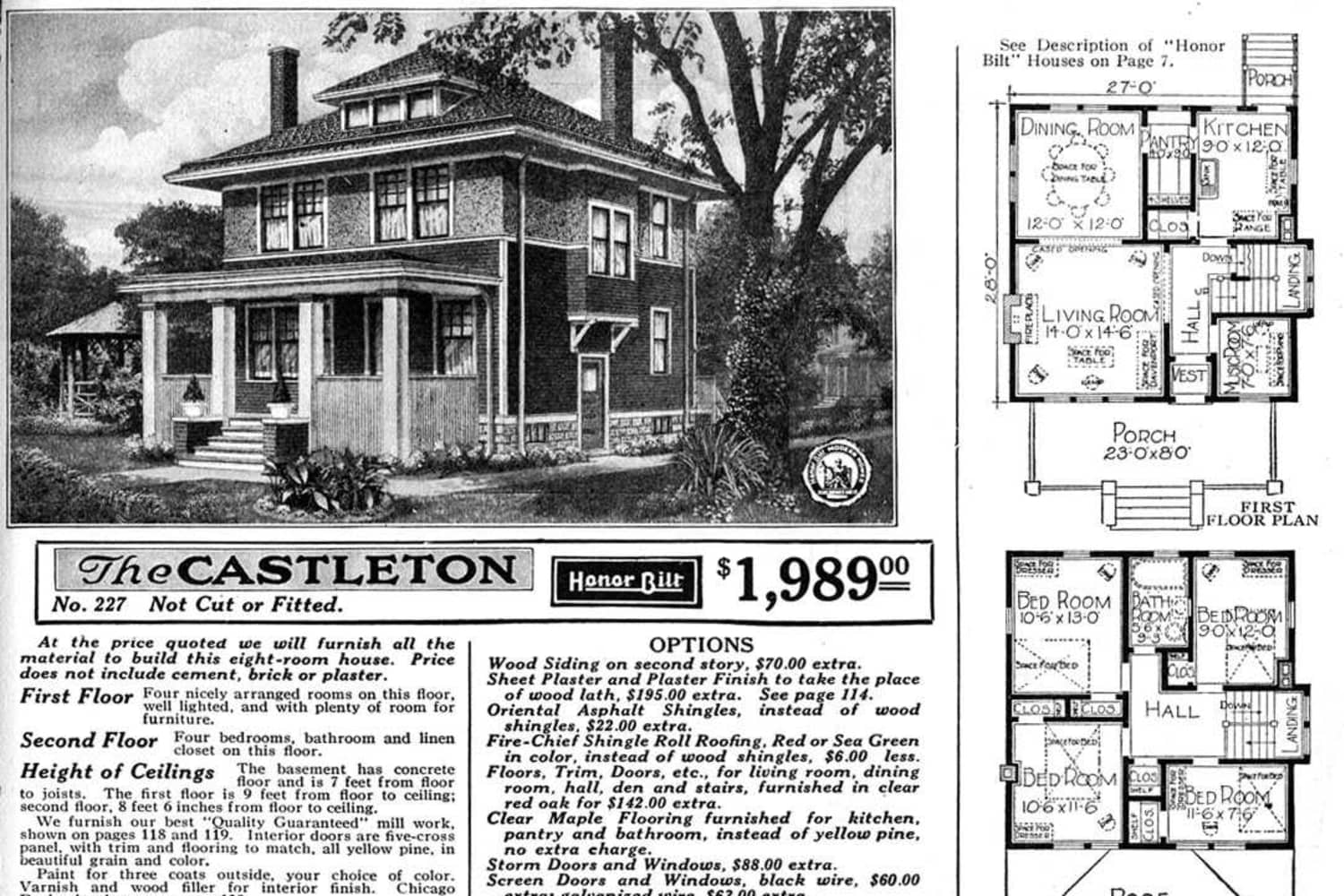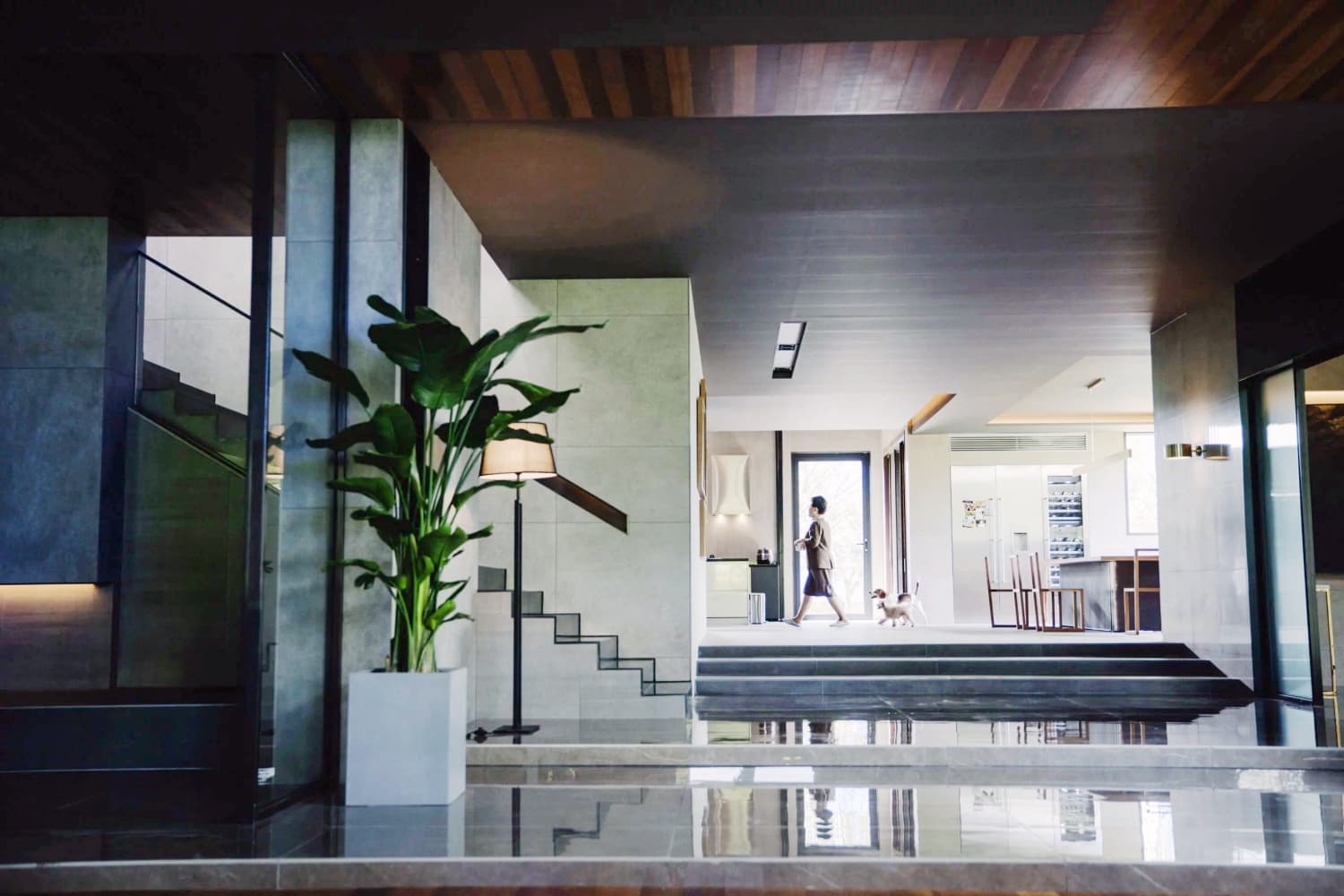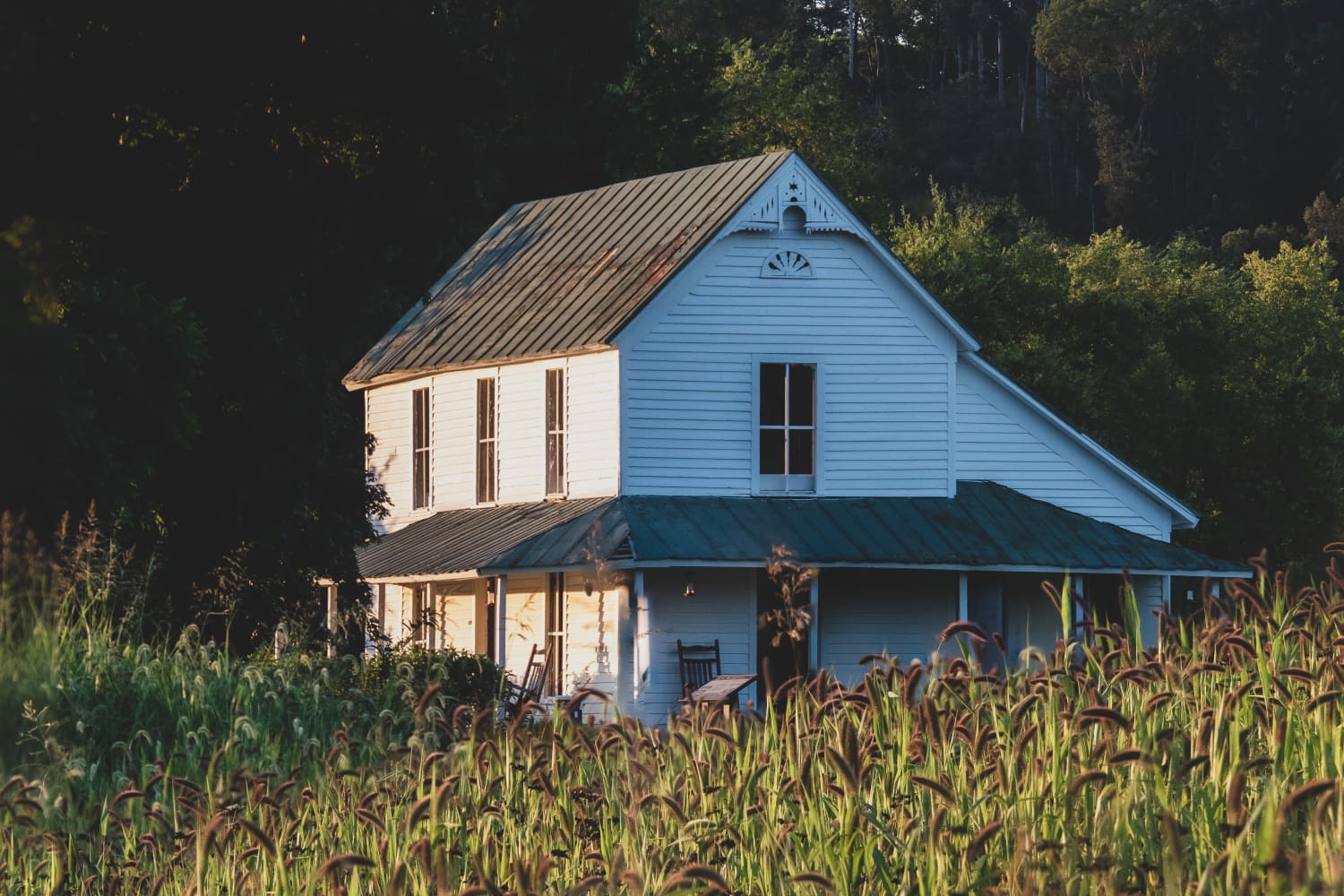Why I Love Living in a Cape Cod-Style House — And a Few Reasons I Don’t
When my husband and I bought our first house together, we were mainly thrilled to be saying goodbye to apartment living. Sure, we had a basic wish list of what we wanted our house to have — a backyard, second bathroom, a finished basement — but as far as what the house actually looked like, … Read more







